Da quando mio figlio frequenta il corso Helen Doron, c’è una canzoncina che è entrata a far parte del nostro repertorio musicale. In effetti, è una di quelle melodie che ti entrano in testa e poi continui a canticchiarla. Vi ricordate La macchina del capo?
Ecco, si tratta dell’equivalente de La macchina del capo in inglese: il titolo della versione nella lingua di Sua Maestà è Head, Shoulder, Knees and Toes e può diventare un ottimo spunto e un’ottima occasione per insegnare ai bimbi le parti del corpo, mentre cantano, si muovono e toccano la testa, le spalle, le ginocchia – ma anche gli occhi, le orecchie, la bocca e il naso.
Ecco il testo della canzone:
Well, you knock, knock, knock and I say, “Come in.”
You open the door and you take a big spin.
Slap your heels and you slap your knees.
Why don’t you do the Head and Shoulders with me.
Head, shoulders, knees and toes, knees and toes
Head, shoulders, knees and toes, knees and toes
and eyes and ears and mouth and nose,
Head, shoulders, knees and toes, knees and toes (2)
Neck, elbows, hips and feet, hips and feet
and thighs and rears and lips and teeth,
Neck, elbows, lips and teeth, lips and teeth.
Well, you knock, knock, knock and I say, “Come in.”
You open the door and you take a big spin.
Slap your heels and you slap your knees.
Why don’t you do the Neck and Elbows with me.
Neck, elbows, hips and feet, hips and feet
and thighs and rears and lips and teeth,
Neck, elbows, lips and teeth, lips and teeth.(2)
Well, you knock, knock, knock and I say, “Come in.”
You open the door and you take a big spin.
Slap your heels and you slap your knees.
Why don’t you do the Neck and Elbows with me.
Neck, elbows, hips and feet, hips and feet
and thighs and rears and lips and teeth,
Neck, elbows, lips and teeth, lips and teeth.
Su YouTube sono disponibili anche alcuni video, eccone uno:
https://www.youtube.com/watch?v=d8FwBSITW-4Immagine: Helzpublishing
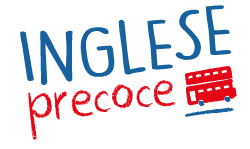
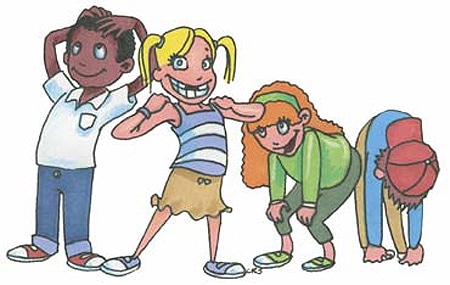
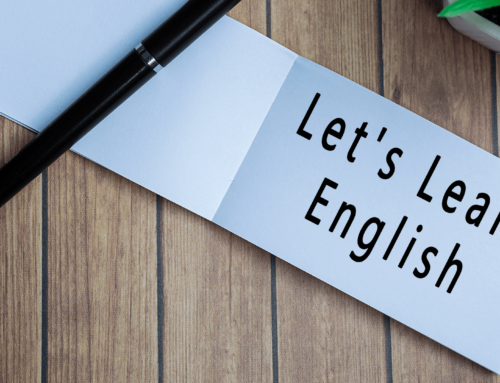
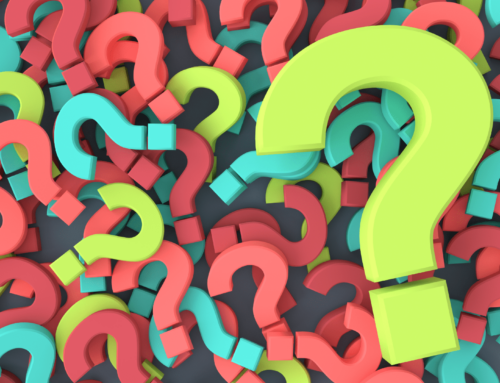
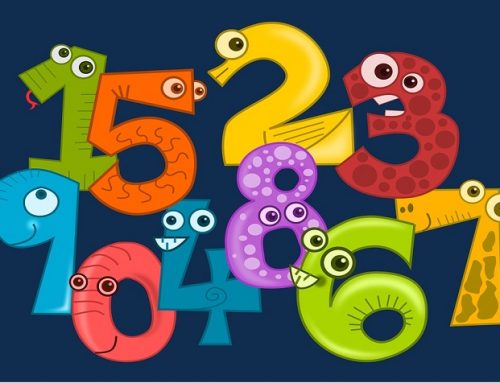
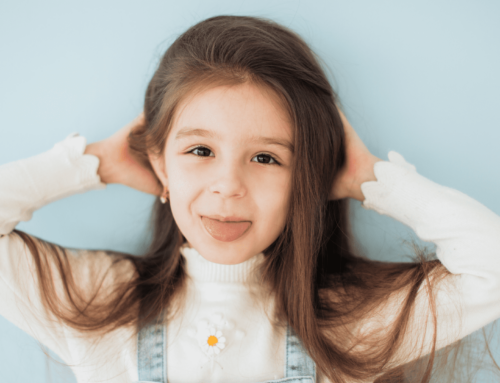
[…] Head, shoulders, knees and toes […]
e bellisimaaaaaaaaaa.
[…] le parti del corpo ma non più solo: “Head, shoulders, knees and toes”. Com’è il tempo: cloudy, sunny, stormy e tutti i giorni della settimana … posso dirlo? io […]
Veramente carina la filastrocca, che avevo sentito accennare a scuola, ma mai per intero così come qui riportata e credo sia molto utile per imparare i nomi delle parti del corpo.
Conosco anche un altro metodo per memorizzare i vocaboli che consiste nel creare assonanze verbali tra la pronuncia effettiva del termine ed il più vicino significato di questa nella lingua italiana. Ad esempio: eye, si pronuncia “ai”, quindi creando delle storie con la parola “ai” e la parola occhio, si può generare assonanza e facilitare l’apprendimento e la memorizzazione dei nuovi termini.
Complimenti per il blog.